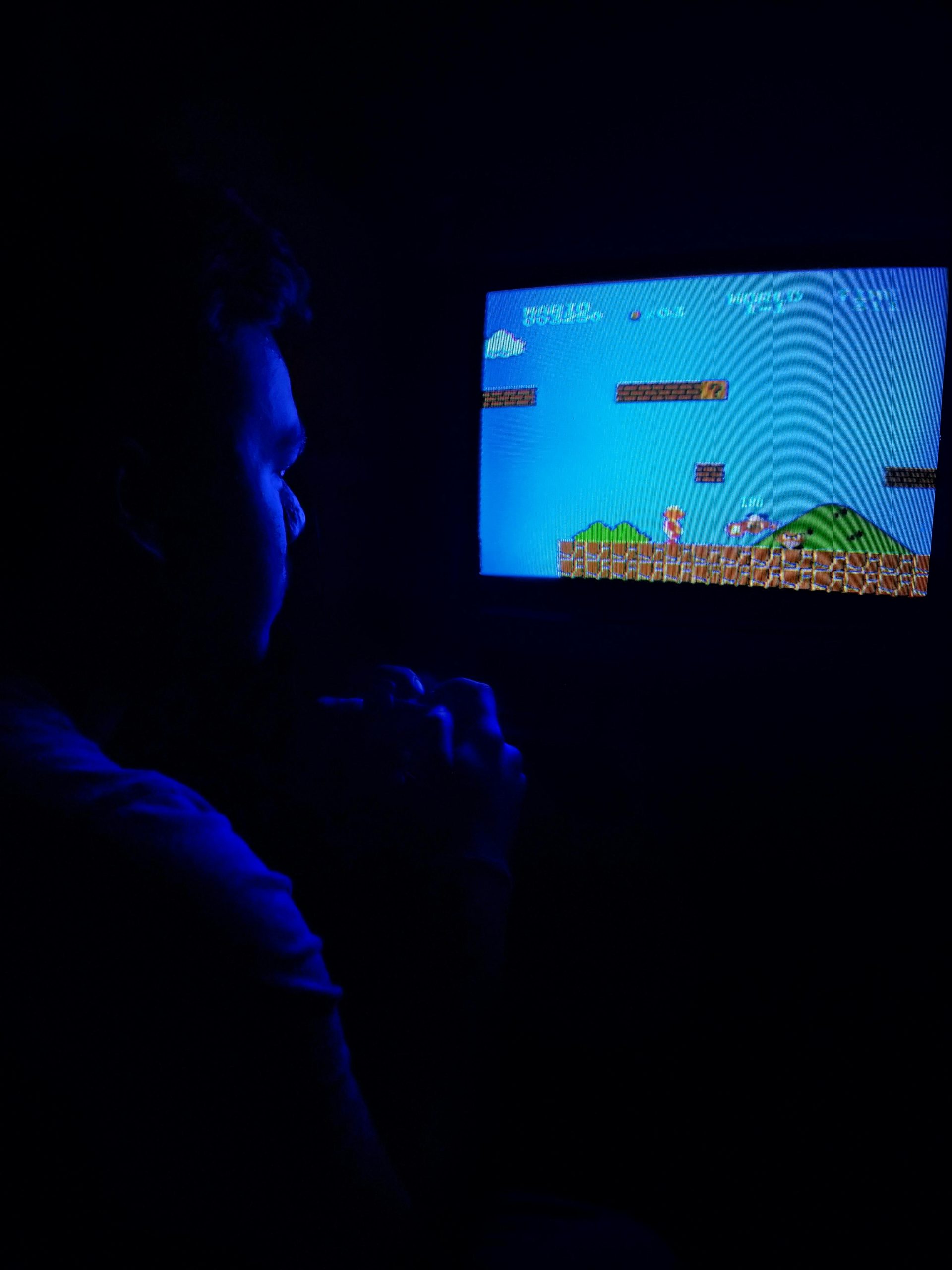The Educational Paradox: Are We Truly Reaping What We Sow?
In the realm of education, the old adage, “By their fruits you shall know them,” takes on renewed significance when examining our school systems. The evidence is irrefutable: countless students are emerging from their academic journeys burdened with substantial debt, yet lacking essential life skills and a robust ability to think critically. This disconcerting outcome prompts a crucial question: Why does the financial investment in education seem disproportionate to the actual return?
Consider the staggering amounts of funding allocated to our educational institutions. Each year, billions of dollars are funneled into public schools, universities, and various educational programs, all with the noble aim of building a brighter future for our youth. Yet, as we reflect on the end product, we encounter sobering statistics. Many graduates find themselves navigating a workforce that does not require the exhaustive theoretical knowledge they spent years acquiring. Instead, they face mounting student loans, insufficient employment opportunities, and, often, a gap in practical skills that hampers their potential for success.
This mismatch between educational investment and student outcomes leads us to scrutinize the structure of our current system. Are we fostering environments that promote real-world preparedness? It’s apparent that many curricula prioritize rote memorization over critical thinking and problem-solving skills—attributes that are fundamental in today’s rapidly changing job market. Furthermore, the traditional classroom model often neglects important life lessons—including financial literacy, emotional intelligence, and interpersonal skills—that are vital for navigating adulthood.
To address this conundrum, we must advocate for an educational overhaul that emphasizes hands-on learning experiences, vocational training, and a curriculum closely aligned with the demands of modern employment. Innovative approaches to teaching and learning, such as project-based education, mentorship programs, and internships, can bridge the gap between academic knowledge and practical application. Additionally, fostering critical thinking from a young age can empower students to analyze, evaluate, and engage deeply with the world around them.
We stand at a crossroads where we must evaluate what we value in education. Is it the sheer volume of information students can memorize or the ability to apply that knowledge in meaningful ways? By revisiting our educational priorities and focusing on holistic development, we can transform the fruits of our labor into a harvest that benefits not only the individual but society as a whole.
In conclusion, while financial investment in education is vital, it is equally essential to prioritize outcomes that truly benefit students and prepare them for the complexities of adult life



